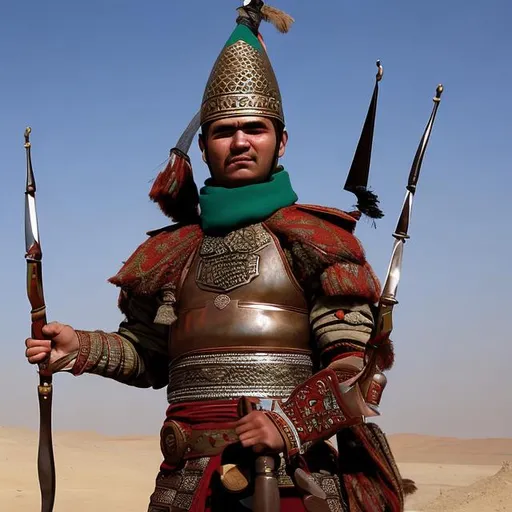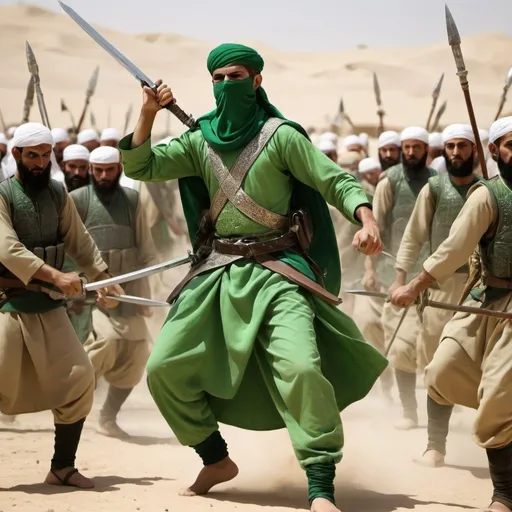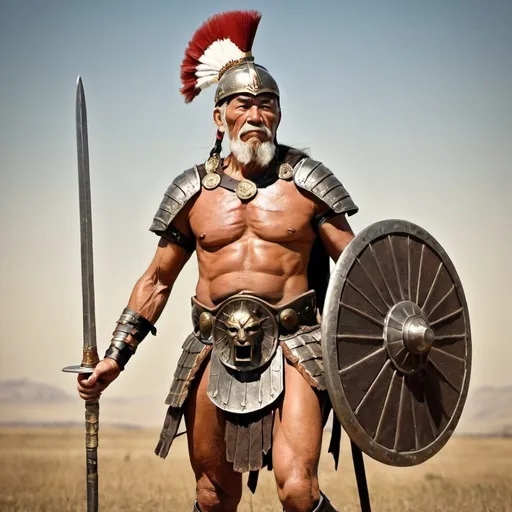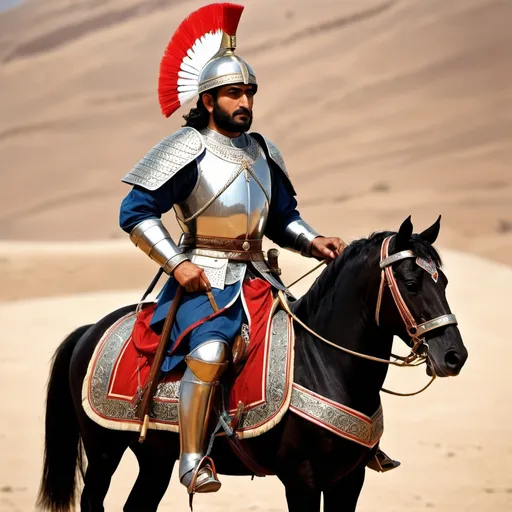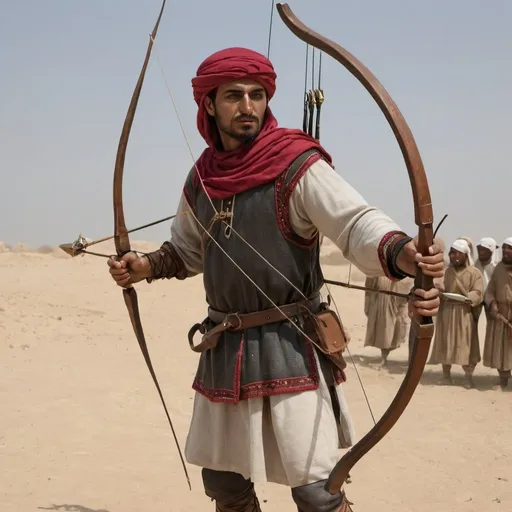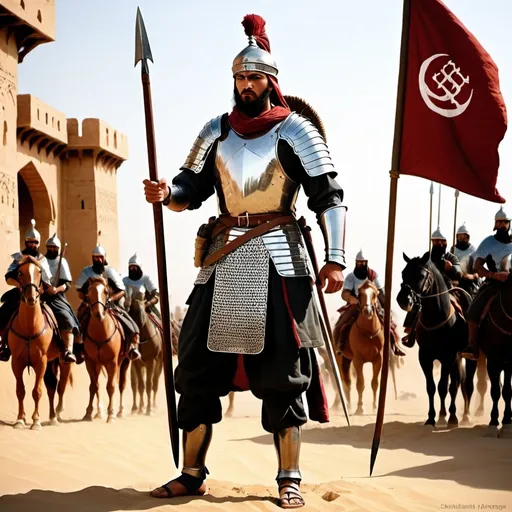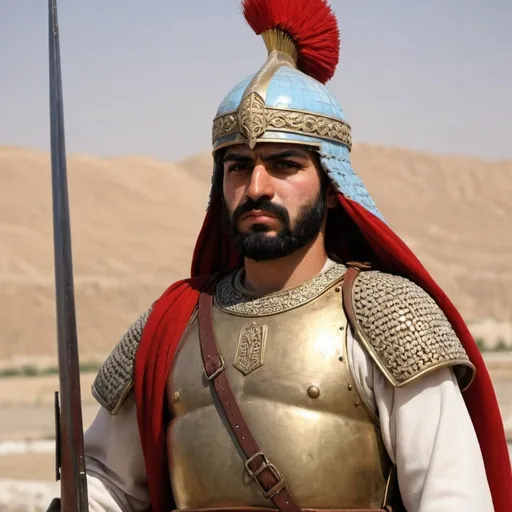MR GAMER
Model: OpenArt CreativeSampler: DPM Solver++
Prompt:
Turkmen warrior in ashkabat
Width: 640
Height: 640
Scale: 7
Steps: 25
Seed: 791539801
Create your first image using OpenArt.
With over 100+ models and styles to choose from, you can create stunning images.
